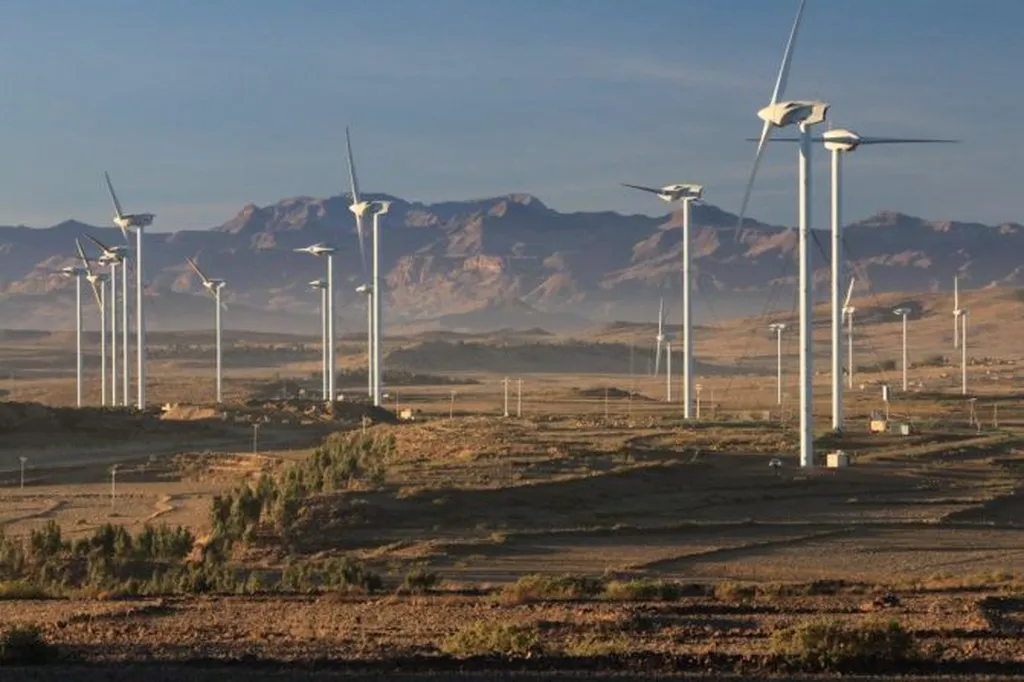In the heart of Egypt’s Bahariya Oasis, a groundbreaking study is unlocking the potential of low-enthalpy geothermal energy to revolutionize desert agriculture. Researchers have demonstrated that Earth-Air Heat Exchangers (EAHE) can effectively regulate greenhouse temperatures in arid regions, offering a sustainable solution to the challenges posed by extreme climates.
The study, published in *Scientific Reports*, addresses a critical gap in meteorological data, which has previously hindered the implementation of such technologies in data-scarce environments. By integrating ERA5-Land data with a subsurface soil temperature model, the research team, led by Anwar Hegazy from the Department of Mechanical Engineering at the Arab Academy for Science, Technology and Maritime Transport, has developed a robust methodology for designing and optimizing EAHE systems.
“Our research confirms the significant thermal stability of the subsurface soil, making it a reliable heat source and sink,” Hegazy explained. This stability is crucial for maintaining optimal greenhouse temperatures, which the study found could be achieved by increasing airflow through the EAHE system. The results showed that greenhouse temperatures could be kept below 35°C in the summer and above 20°C in the winter, creating a near-optimal environment for plant growth.
The implications for the agriculture sector are substantial. In arid regions, where water scarcity and extreme temperatures pose significant challenges, sustainable climate-controlled greenhouses could transform food production. By utilizing low-enthalpy geothermal energy, farmers can reduce their reliance on fossil fuels and decrease operational costs, making agriculture more sustainable and economically viable.
“This technology has the potential to reshape desert agriculture,” Hegazy noted. “It offers a sustainable and cost-effective solution for temperature regulation, which is crucial for enhancing crop yields and ensuring food security in arid regions.”
The study’s findings could pave the way for future developments in the field. As the technology becomes more widely adopted, it may lead to advancements in greenhouse design and the integration of renewable energy sources. Additionally, the methodology developed by the research team could be applied to other data-scarce environments, further expanding the reach of sustainable agriculture.
In conclusion, this research highlights the importance of innovative solutions in addressing the challenges of desert agriculture. By harnessing the power of low-enthalpy geothermal energy, farmers can create sustainable and productive greenhouses, contributing to a more resilient and food-secure future.

